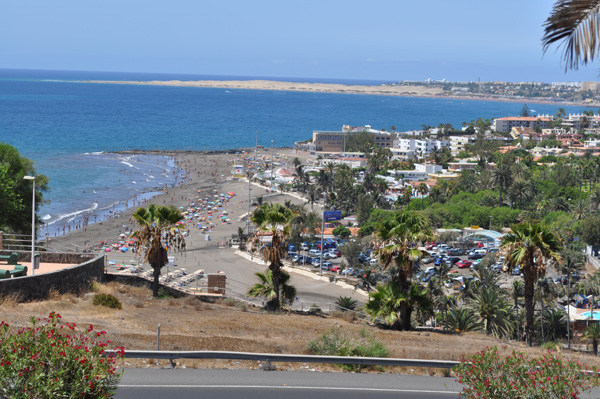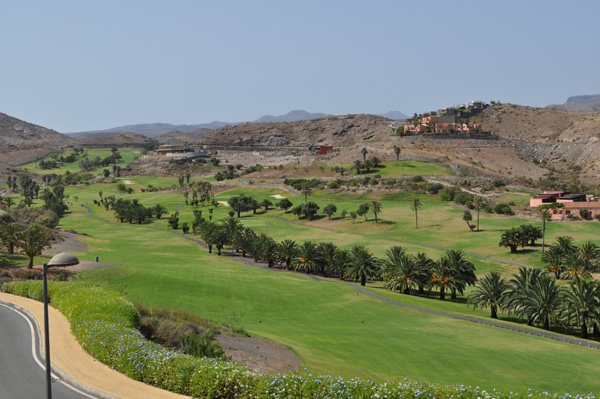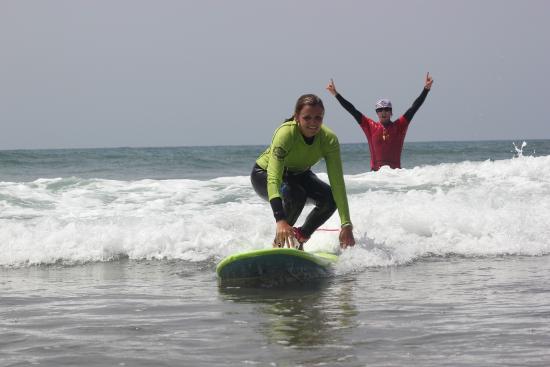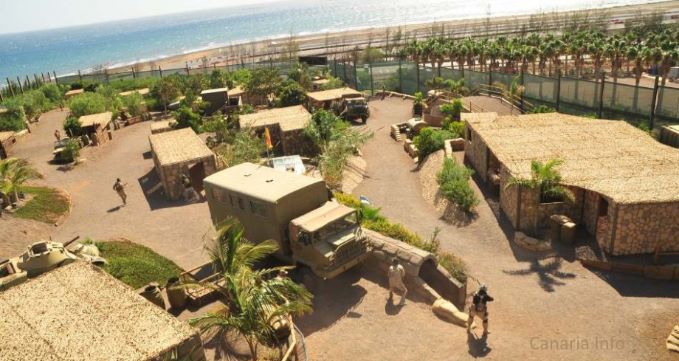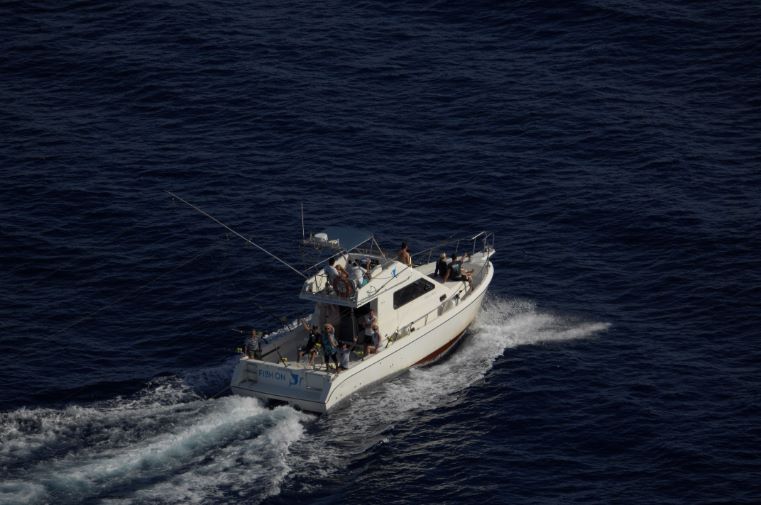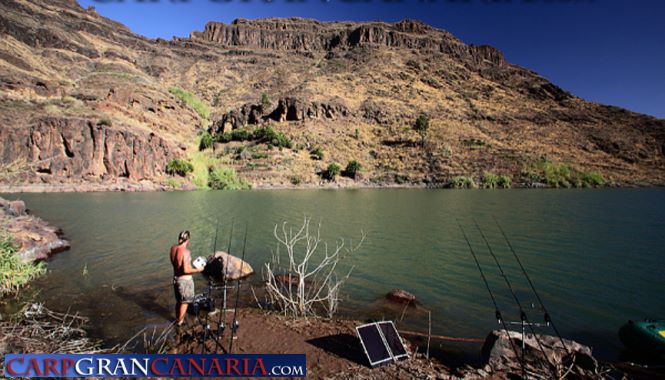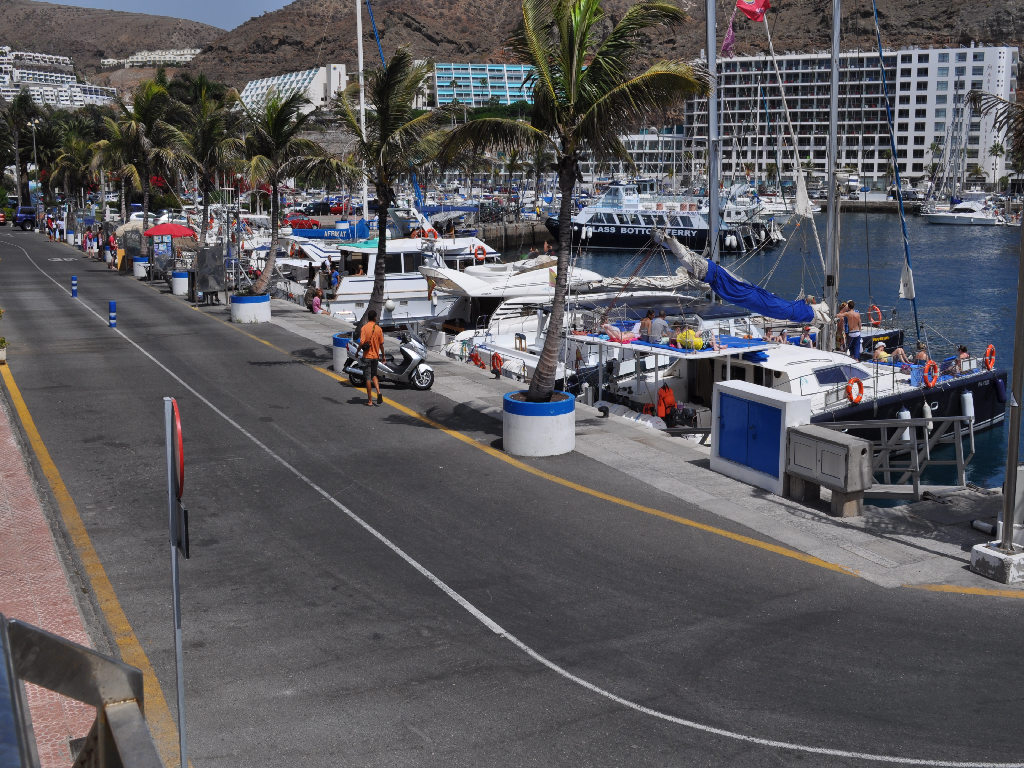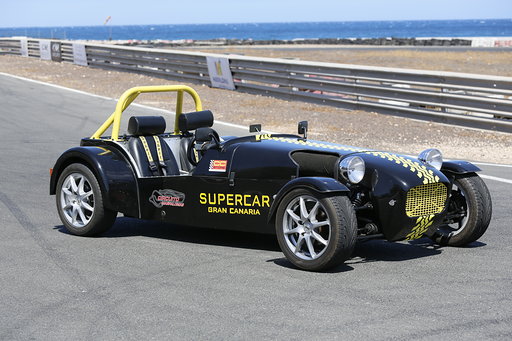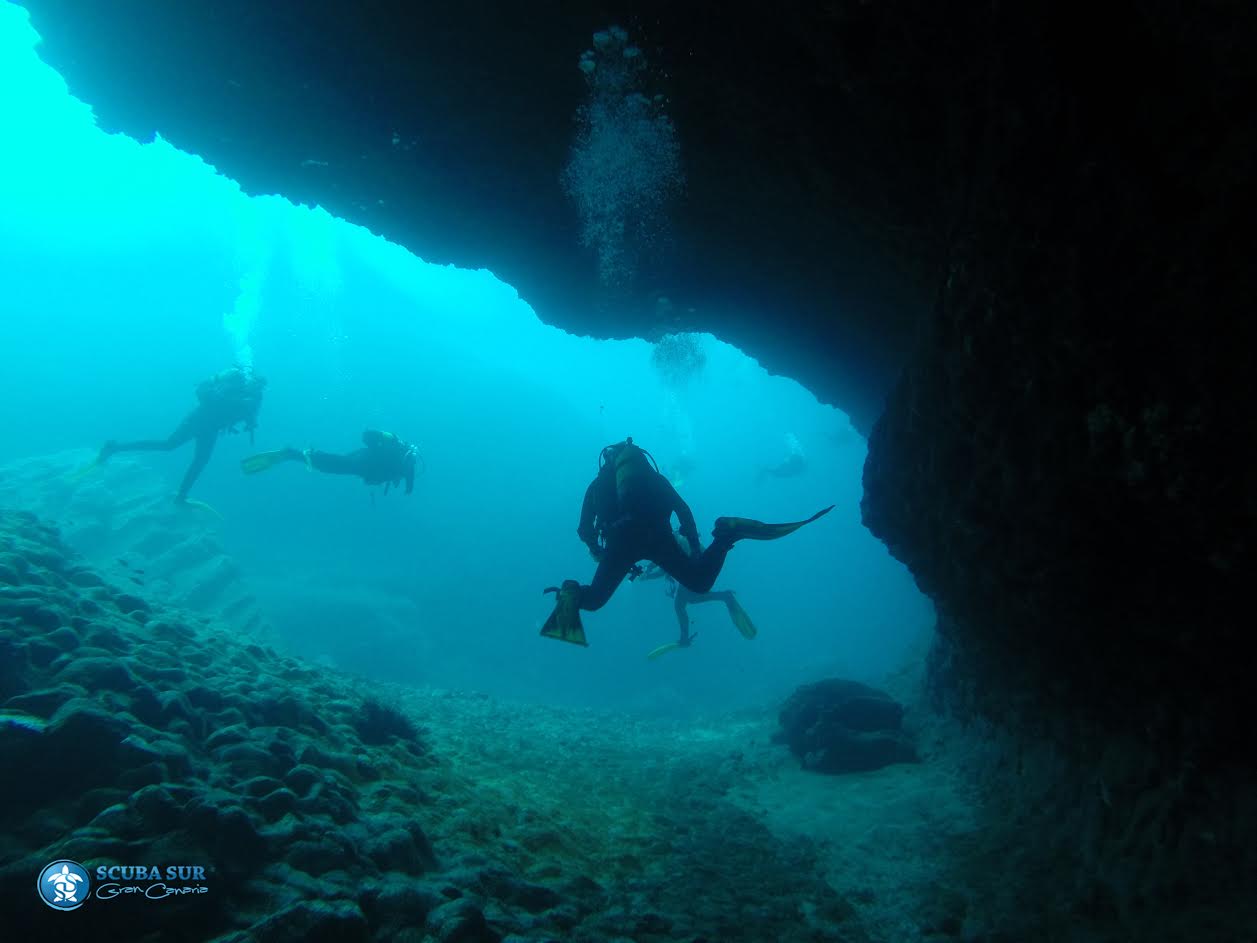A visit to the town of Valsequillo carries us to the city centre’s pedestrian area, which boasts many interesting spots.
St. Michael’s Church was built between 1903 and 1923 where there was previously a cemetery and later a hermitage, built from 1670 to 1672. The outstanding feature of this church is its baptismal font, fire-built in green Sevillian porcelain, with engraved eagles.
Among the sculptures, it is worth mentioning “St. Michael the Child”, dating from the 17th century; St. Michael Archangel (1804) - the only angel with a dog at his feet -, made by Canarian sculptor Luján Pérez; and Christ Crucified (1801), also by the latter Canarian sculptor.
Apart from the sculptures, the parish church has some notable paintings, such as a portrait of St. Jerome, already listed in the 1889 inventory.
You may also check out the El Colmenar Barracks (1530), around which different buildings were erected, all related to military life. These barracks witnessed the birth of the father of renowned Canarian writer Benito Pérez Galdós. At present, the site is one of Valsequillo’s most important historical treasures, and has been declared Cultural Interest Asset by the Government of the Canary Islands.
The Benito Pérez Galdós Municipal Library features five Flemish engravings on fine polychrome wood, representing the images of St. Clare of Assisi, St. Lucy, St. Catherine, St. Bernard, and James the Elder, all from the Health Virgin Oratory (Mota Age).
Valsequillo also offers natural surroundings of extraordinary beauty, such as the head of the Tenteniguada volcano crater, with its rocks, the Barranco de los Cernícalos (Kestrel Ravine), stretching from the De los Marteles volcano crater to the Lomo Magullo neighbourhood.
The actual significance of this ravine lies in its high environmental and landscape value, for its slopes have one of the best olive tree groves on the island, while the water that runs along it all year round is flanked by a large number of willows. Furthermore, the ravine is apt for trekking, and may be toured completely along beautiful trails.
Yet another natural spot worth mentioning is Los Marteles, an elliptical volcano crater reaching a diameter of 500 metres and a depth of 80 metres. Its enclosed water basin makes its bottom quite apt for crops and cattle pasturing.
Many vantage points afford an interesting view of the town, such as Montaña de El Helechal, Calle El Sol, Lomo del Fregenal, Huertas de Sardina, etc.
Shopping
Valsequillo’s old quarter merits a stroll along its central streets, where most of the shops are located. If handicrafts are what interest you, you may visit workshops and see the craftspeople in action before you buy anything.
In Valsequillo, you may purchase basketry, ceramic, and pottery goods, hemstitch and crotchet pieces, vintage toys and dolls, and wood carvings. The district has a significant number of small-scale cheese factories, as well as honey and grape establishments that sell to the general public. Furthermore, you may visit the small market that opens every Sunday at the old district to buy fresh local produce.
Gastronomy
Grilled meat is one of the most popular dishes in Valsequillo, served with fried cutlets, barbecue and blood sausages, and papas arrugadas.
Not to mention the typical Canarian cuisine, including pottage, broth, chickpea soup, roasted cornmeal, and local cheese helpings. The town has a wide range of restaurants that offer the finest service and cuisine.
|
E-mail:
We can help you with:
|
- All
- Beach
- Canariainfo
- Catamaran
- Delfine
- Diving
- Dolphin Tour,
- Excursion
- Fast Cars
- Fishing
- Games
- Guide
- Karting
- Motorsport
- Nature
- Play Golf
- Race
- Riding
- Sailing
- Sea
- Sports Fishing
- Surfing
- Watersport
- Whales

Finca Cordal, museum and events
Museo de la Zafra, the hard wearing of tomato plants

Las Salinas De Tenefe, salt extraction of the Atlantic Ocean
Las Canteras besch, Las Palmas de Gran Canaria

Ticket distribution overview, easy and no queue.
- 1
- 2














